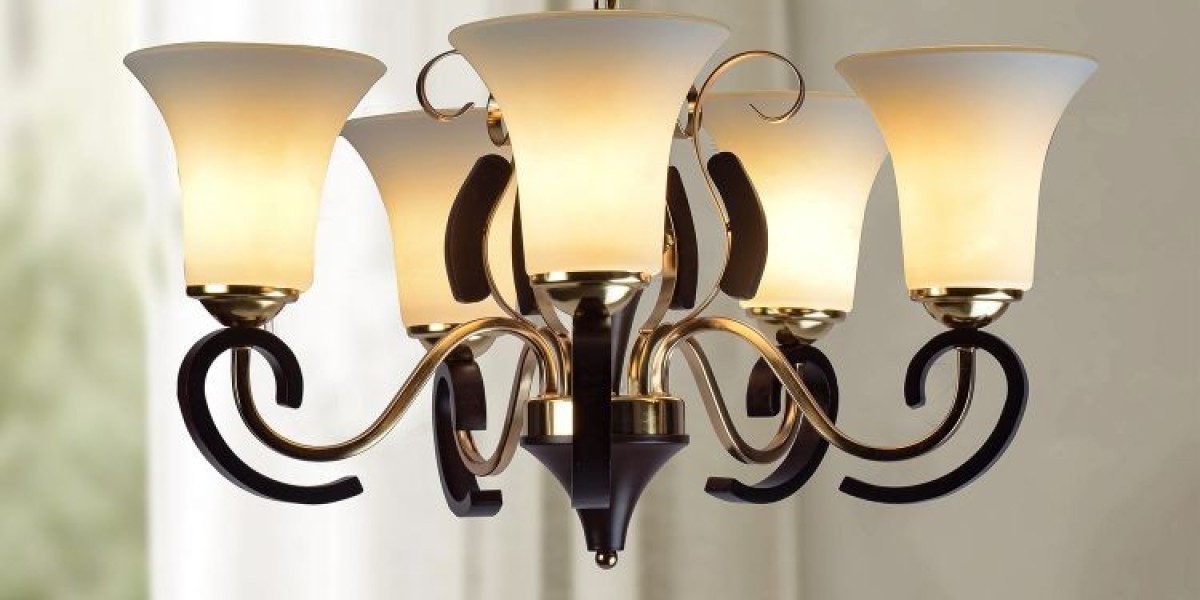Choosing the right ceiling light can significantly impact the ambiance, functionality, and style of your home. Whether you lean towards modern or traditional aesthetics, understanding the differences between these two styles will help you make an informed decision. This guide explores the key characteristics of modern and traditional ceiling lights, helping you find the perfect fit for your space.
Modern Ceiling Lights: Sleek and Functional
Modern ceiling lights are characterized by their clean lines, minimalist designs, and innovative use of materials. They often feature sleek shapes, such as geometric patterns or streamlined fixtures, and make use of cutting-edge technology.
1. Design Aesthetics Modern ceiling lights are known for their simplicity and sophistication. Common designs include flush mounts, recessed lights, and pendant fixtures with a focus on geometric forms and unadorned surfaces. Materials like glass, metal, and acrylic are frequently used, often combined with finishes such as brushed nickel, chrome, or matte black.
2. Functionality and Efficiency Modern lighting solutions often prioritize functionality and energy efficiency. LED technology is prevalent, offering bright illumination with lower energy consumption and longer lifespans. Many modern fixtures come with adjustable features, such as dimmers or smart controls, allowing you to tailor the lighting to different activities and times of day.
3. Integration with Decor Modern ceiling lights seamlessly integrate with contemporary interior designs. They complement minimalist décor, open-plan layouts, and sleek furniture. The focus is on enhancing the space without overpowering it, maintaining a balance between form and function.
Traditional Ceiling Lights: Classic Elegance
Traditional ceiling lights embody a timeless charm, characterized by ornate designs, rich materials, and classic motifs. These fixtures often include chandeliers, ornate sconces, and elaborate ceiling mounts.
1. Design Aesthetics Traditional ceiling lights are distinguished by their intricate details and historical references. Chandeliers with multiple tiers, crystal embellishments, and elaborate metalwork are typical examples. Fixtures may feature traditional materials such as brass, bronze, or antique finishes, often with decorative elements like fabric shades or beaded accents.
2. Functionality and Warmth While traditional fixtures may not always incorporate the latest technology, they provide a warm and inviting glow. Many traditional designs use incandescent or vintage-style bulbs, which emit a soft, ambient light that enhances the room's coziness. Some modern iterations may offer energy-efficient options while retaining the classic appearance.
3. Integration with Decor Traditional ceiling lights are perfect for spaces with a classic or vintage style. They complement period furnishings, detailed moldings, and rich fabrics, adding a sense of grandeur and elegance. These fixtures often serve as focal points in formal settings such as dining rooms or entryways.
Choosing the Right Style for Your Home
When deciding between modern and traditional ceiling lights, consider the following factors:
Interior Design Theme: Align the ceiling light style with your home’s overall décor. Modern fixtures suit contemporary spaces, while traditional lights enhance classic or vintage interiors.
Functionality Needs: Assess the lighting requirements of each room. Modern lights often offer better energy efficiency and control options, whereas traditional lights provide a classic ambiance and visual impact.
Room Size and Ceiling Height: Ensure the light fixture is proportionate to the room. Modern designs often fit well in both small and large spaces due to their varied sizes and shapes. Traditional lights, particularly chandeliers, may be more suitable for larger rooms with higher ceilings.
Personal Preference: Ultimately, your personal style and preferences will guide your choice. Select a ceiling light that not only meets practical needs but also reflects your aesthetic values and enhances your living environment.
Conclusion
Both modern and traditional ceiling lights offer distinct advantages, each contributing to the ambiance and functionality of your home in unique ways. By understanding their characteristics and aligning them with your décor, you can find the perfect ceiling light to illuminate and elevate your living spaces. Whether you favor the sleek efficiency of modern designs or the timeless elegance of traditional fixtures, the right choice will enhance your home’s beauty and comfort.



